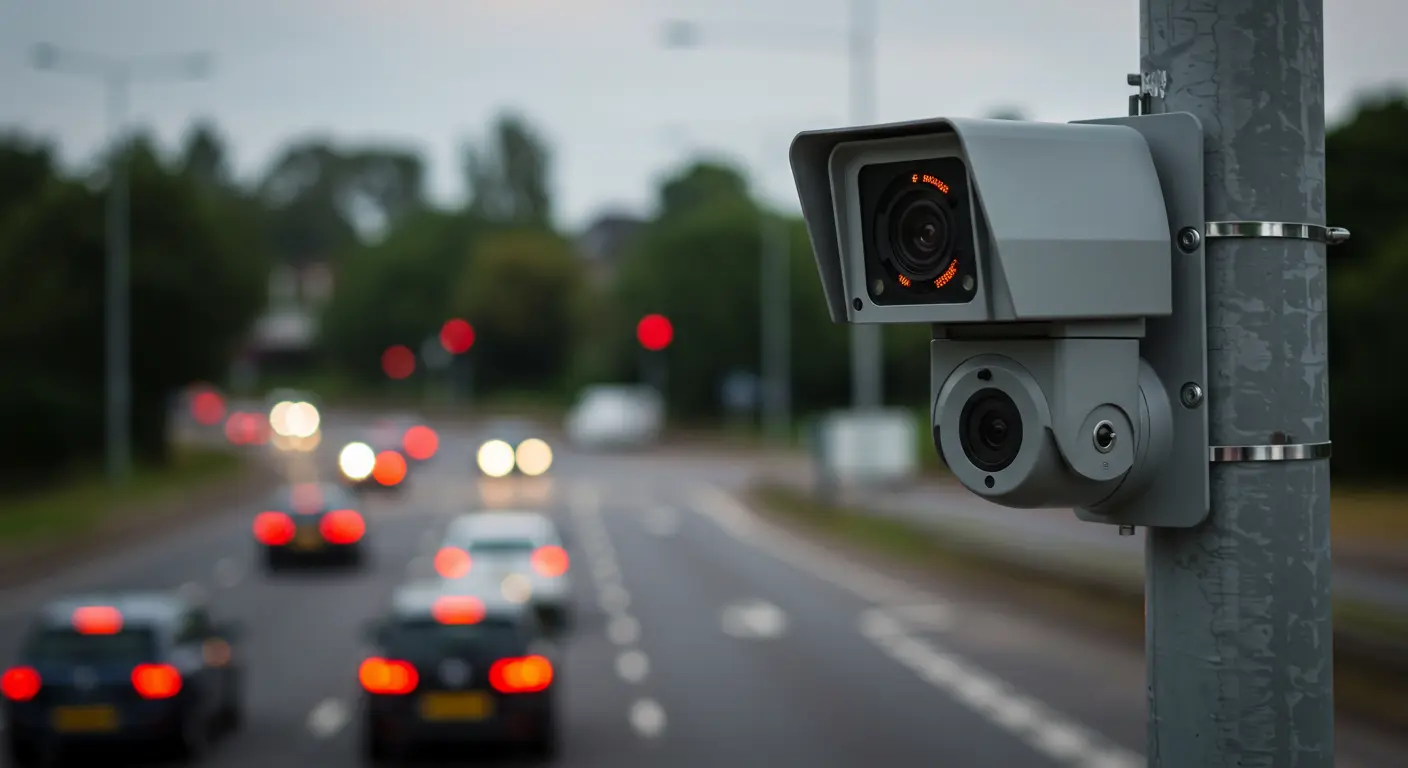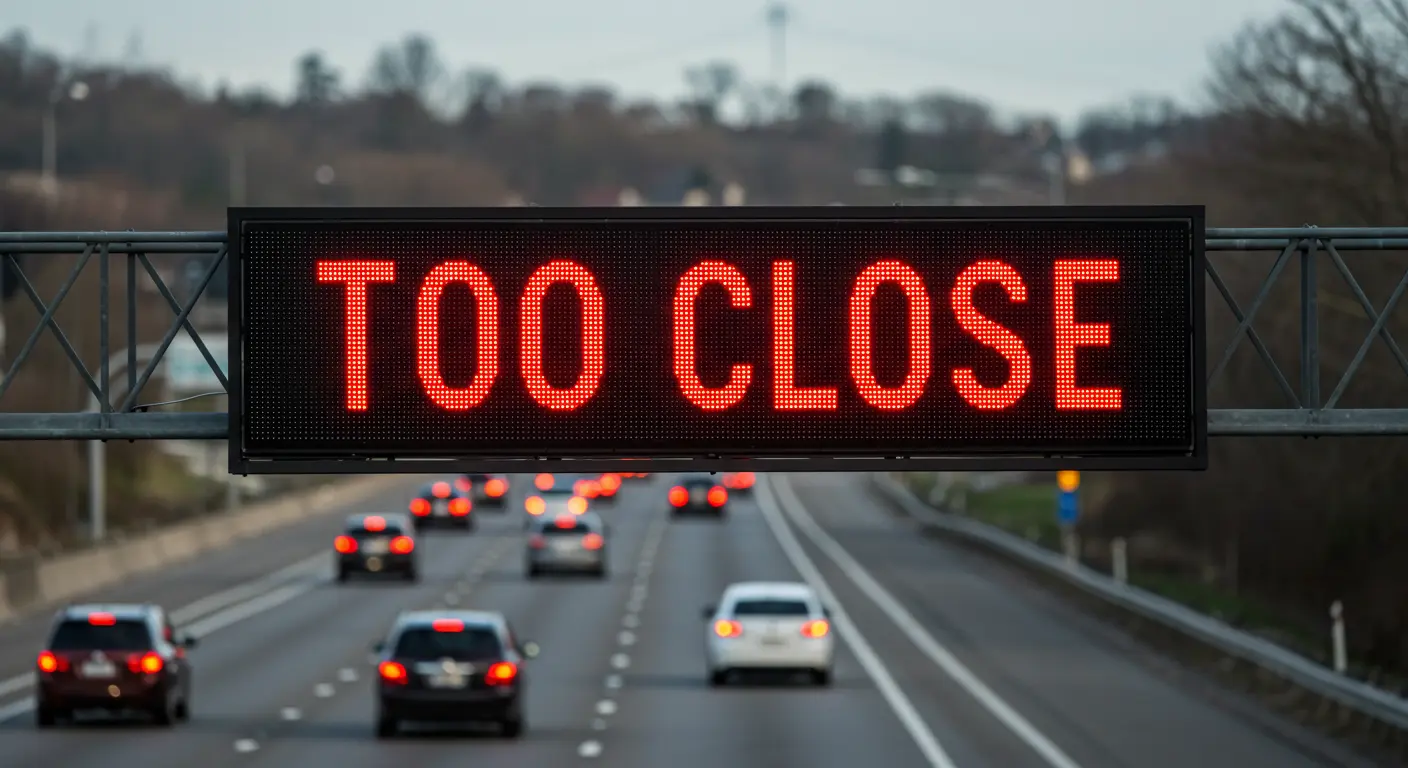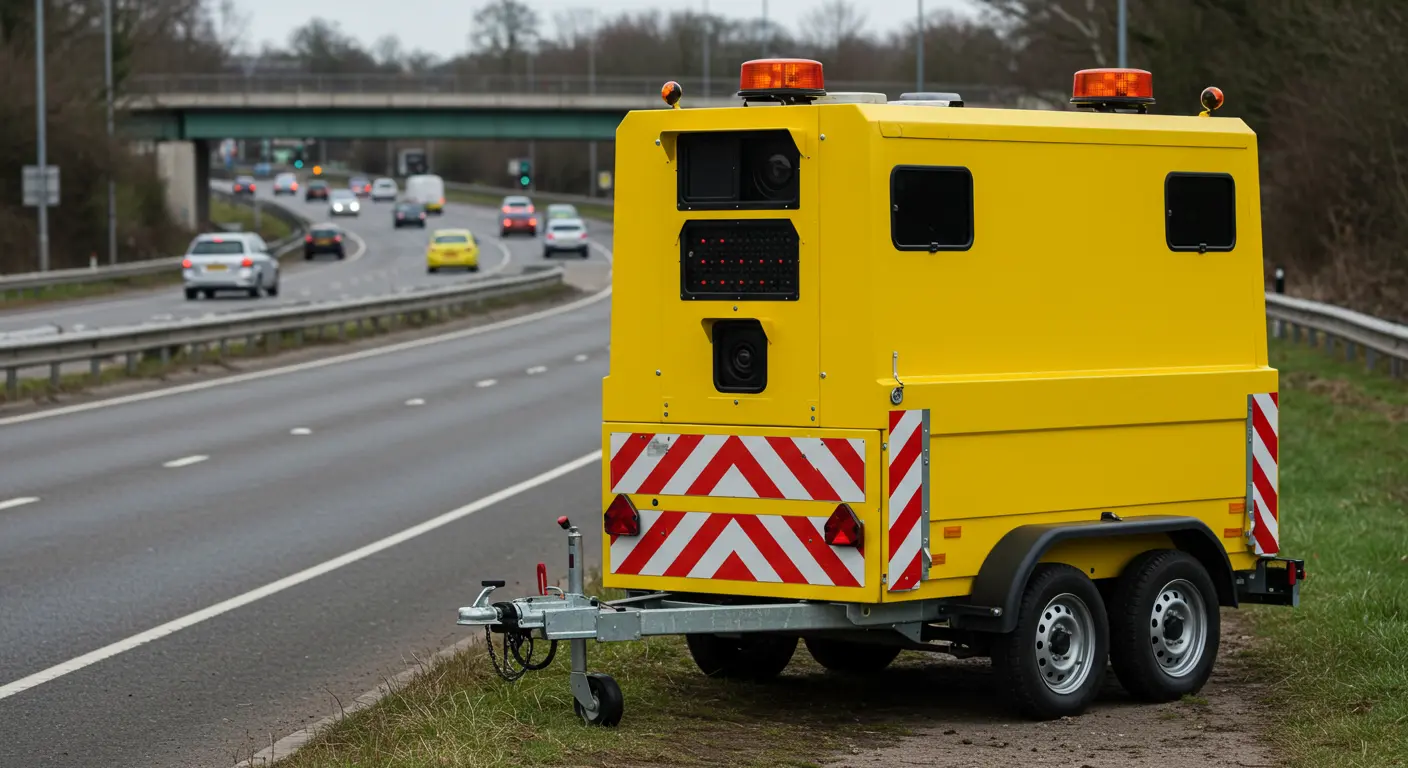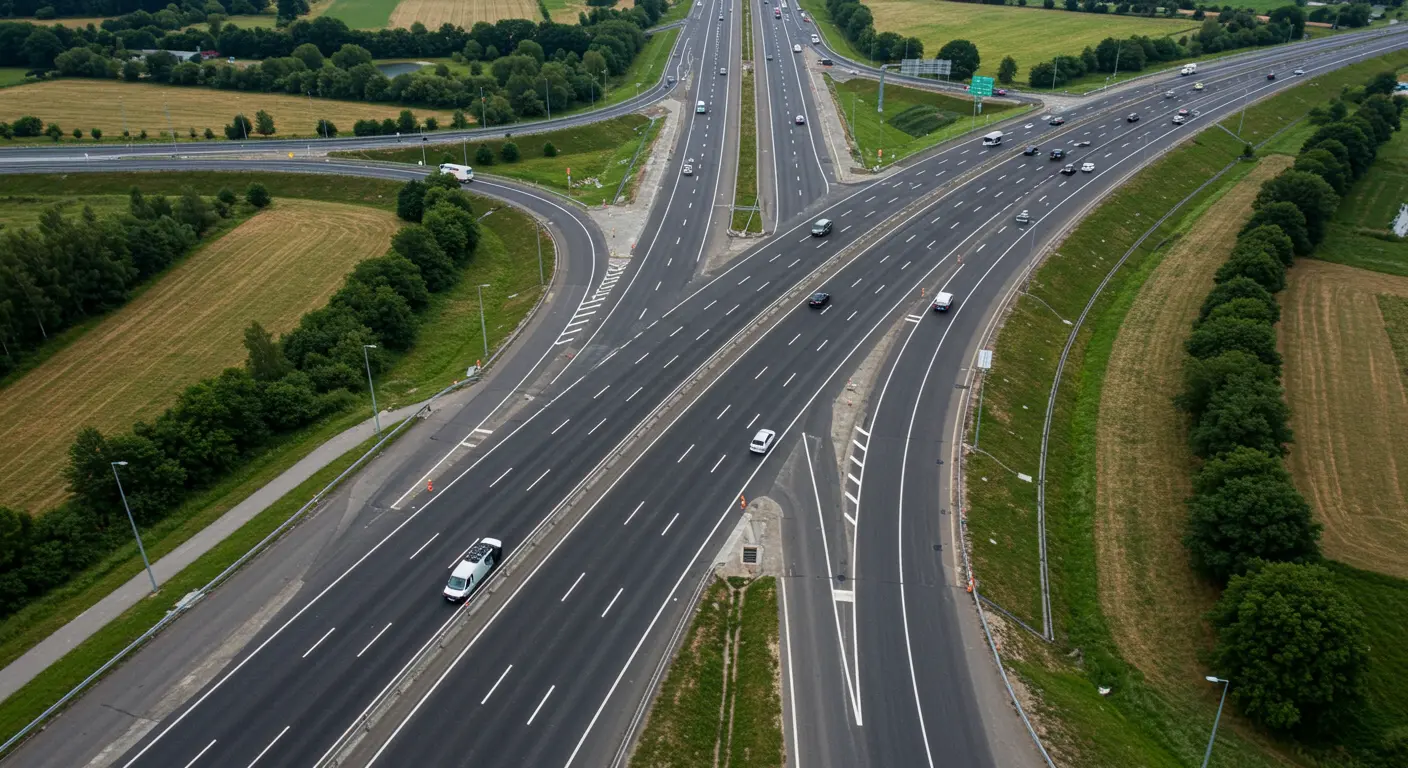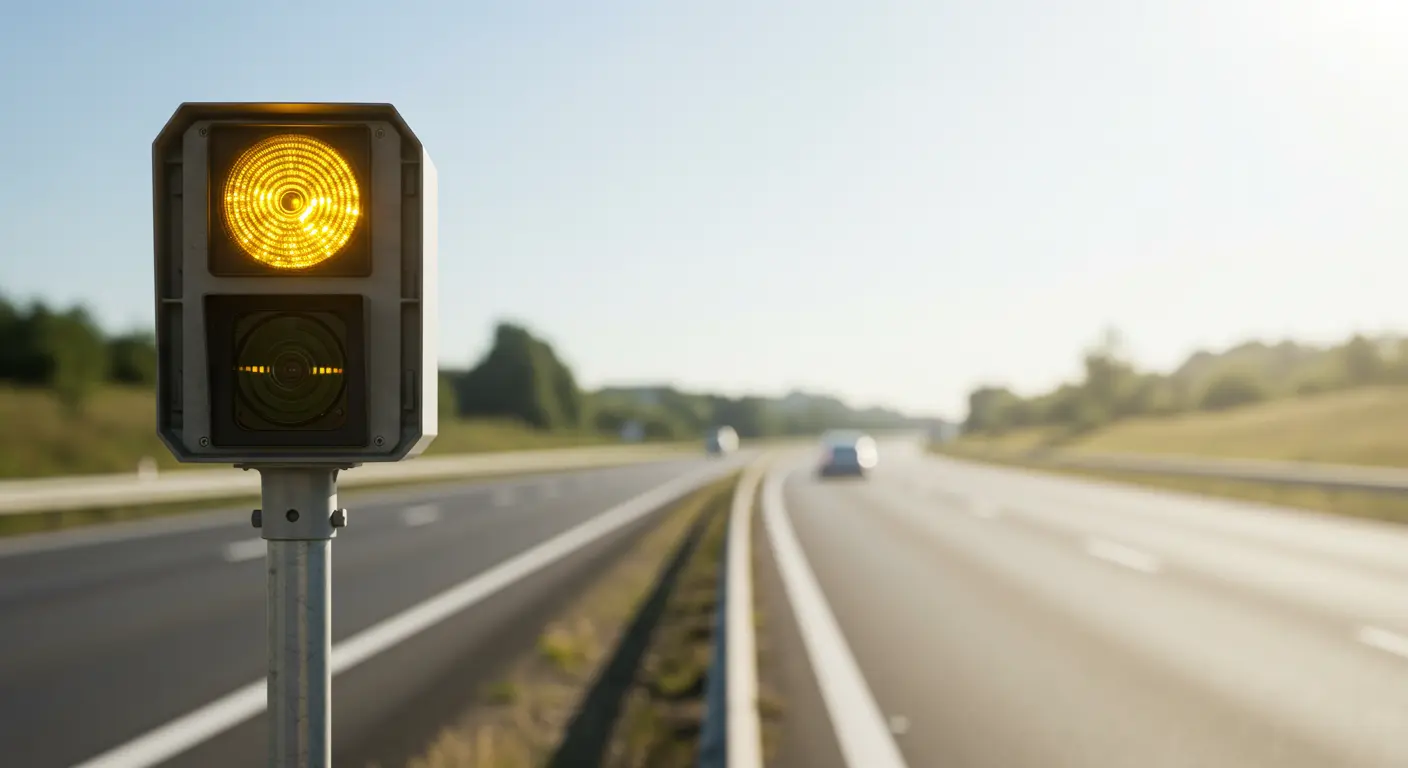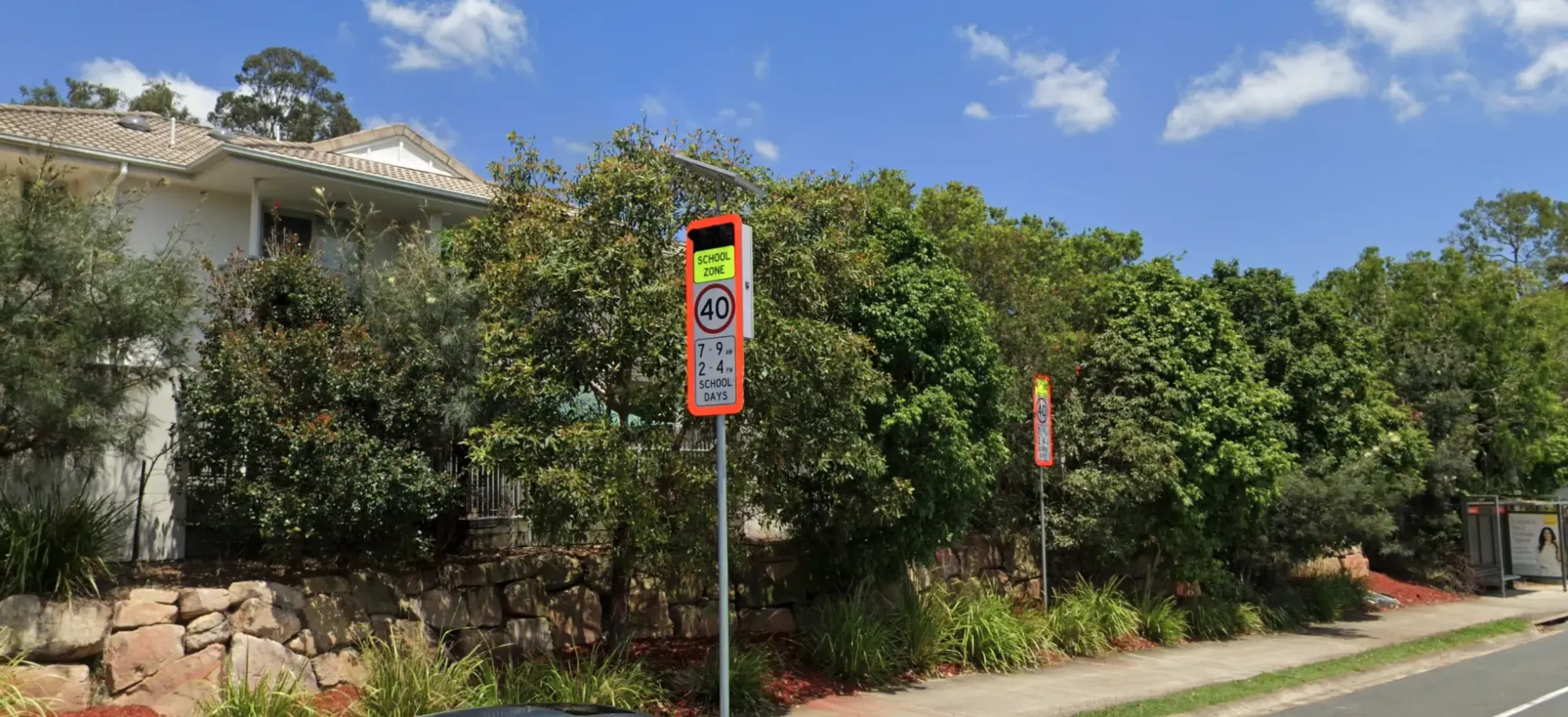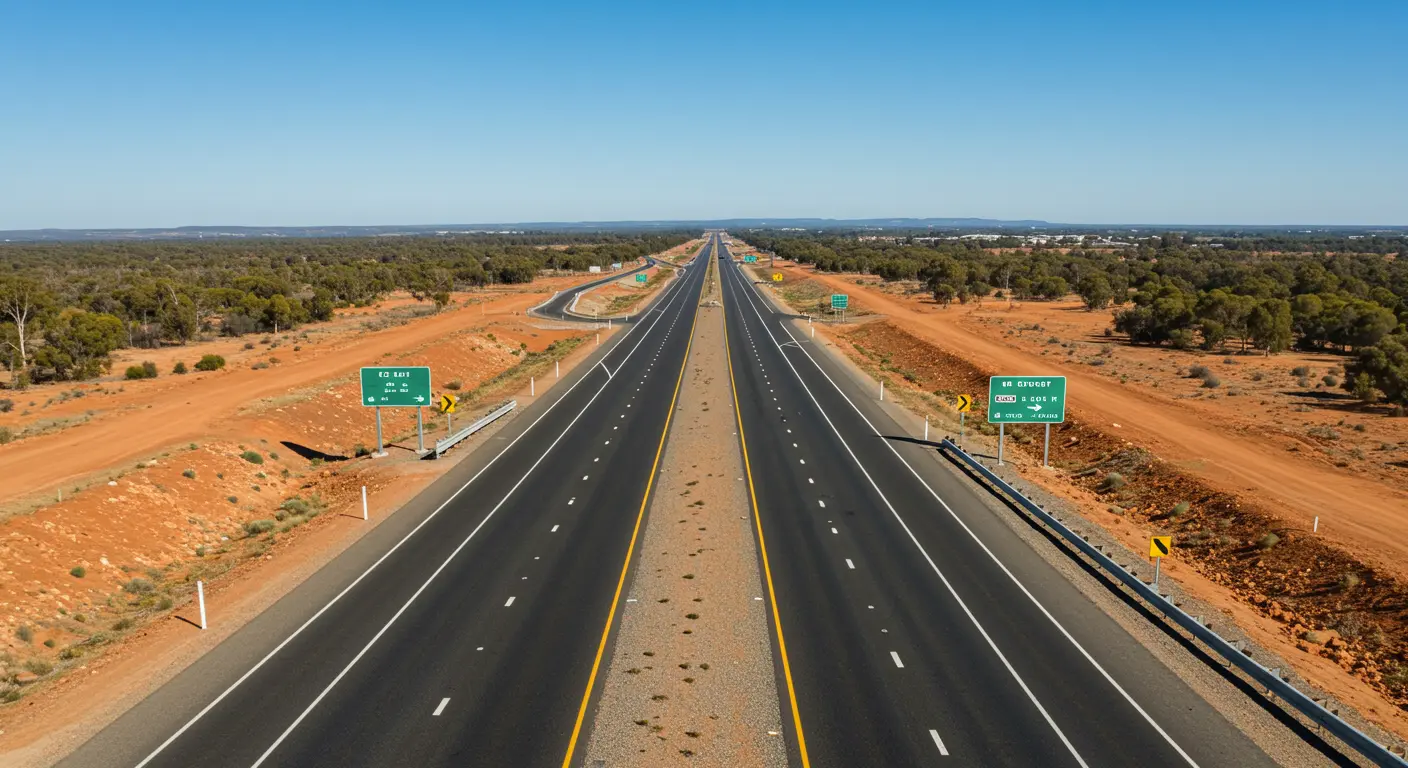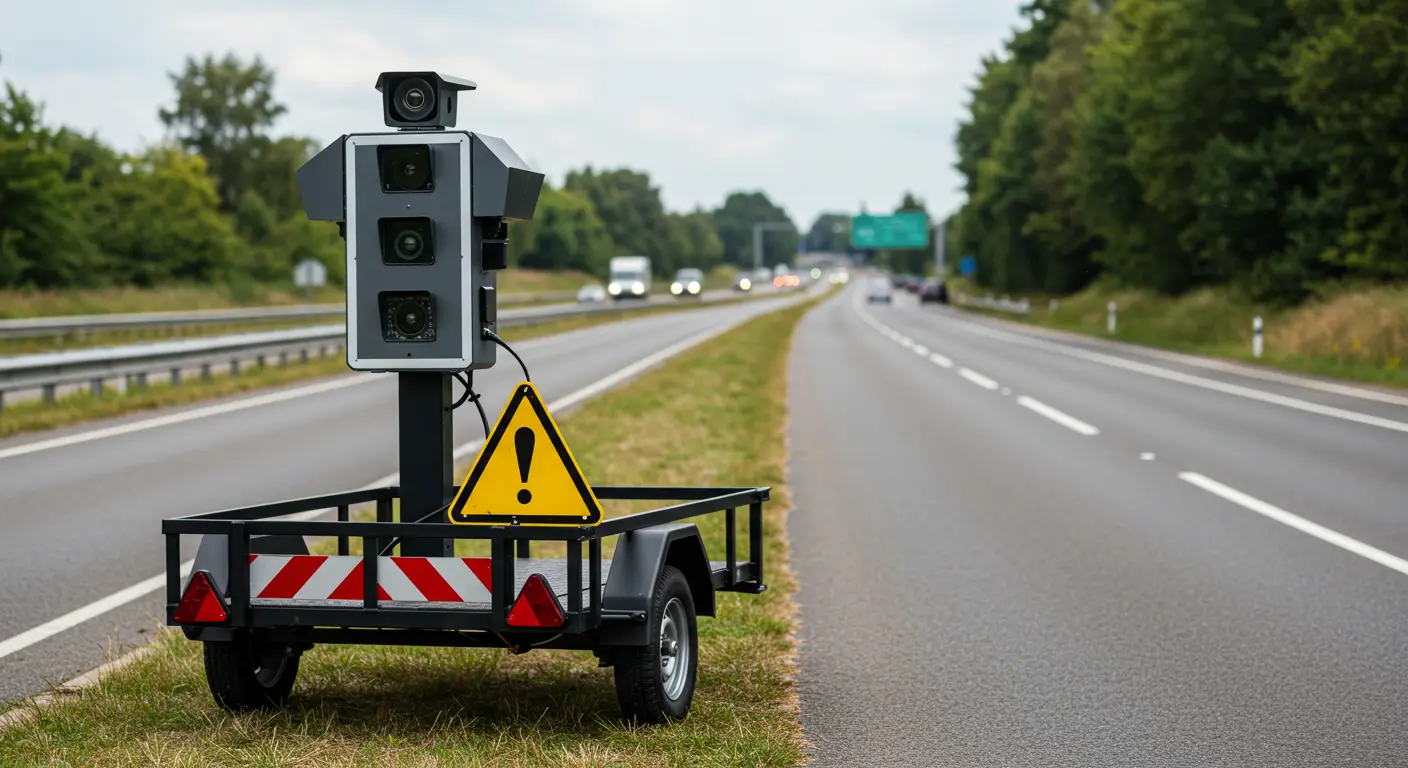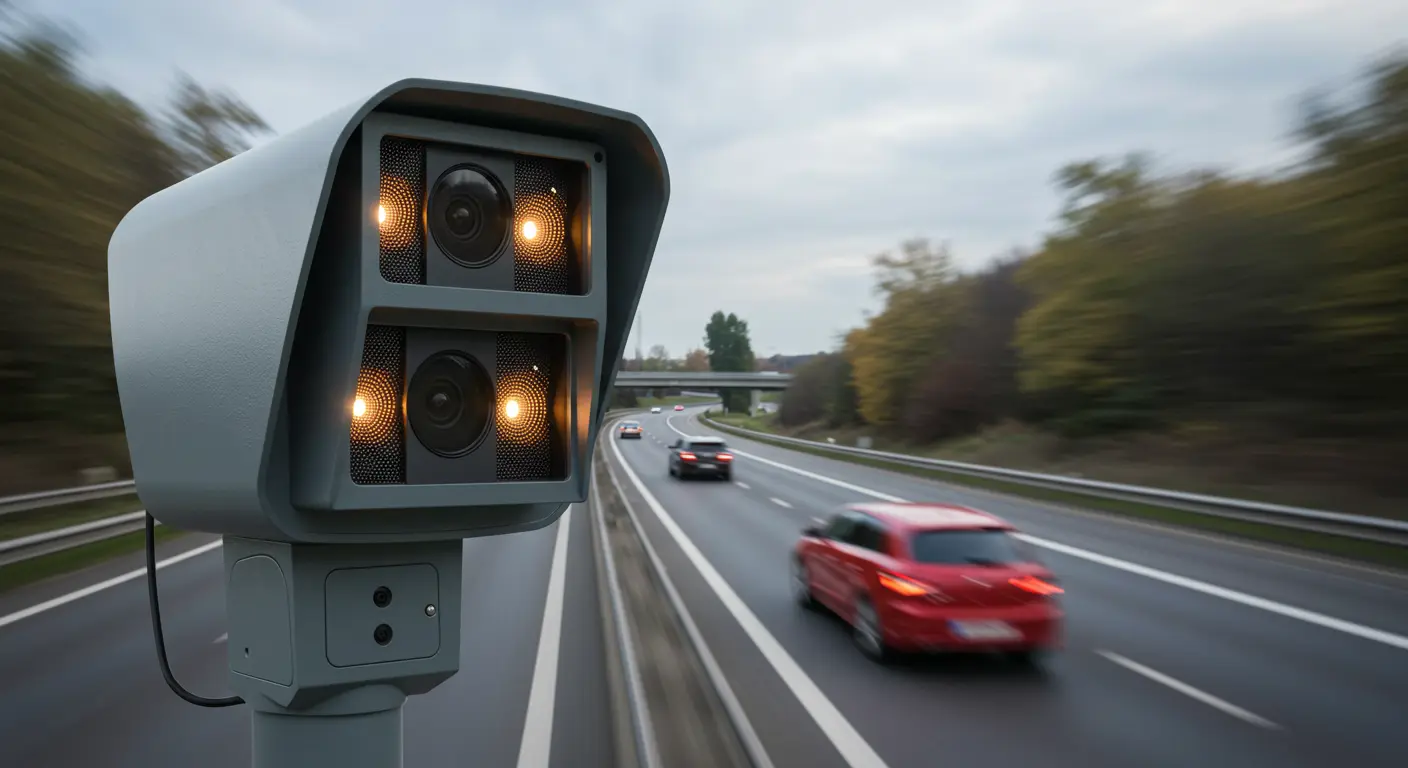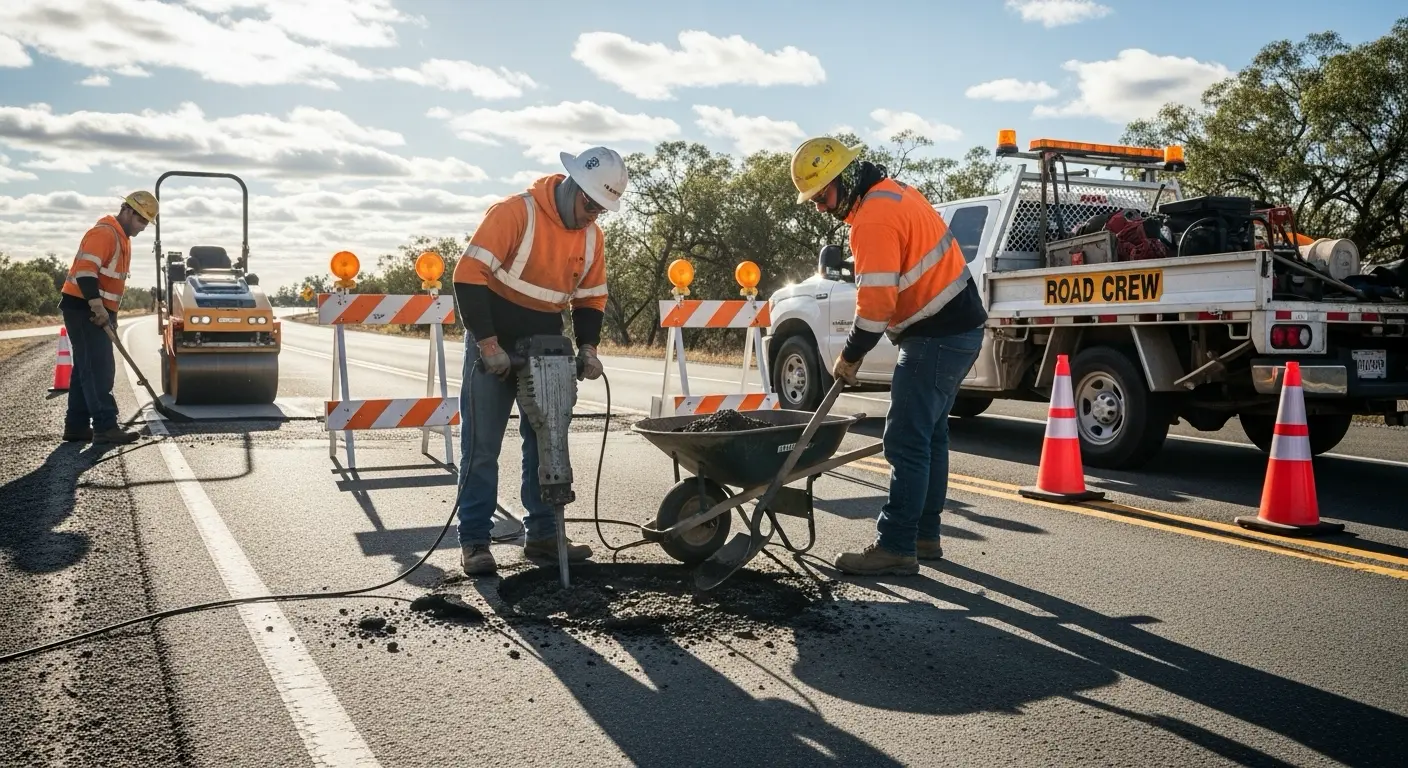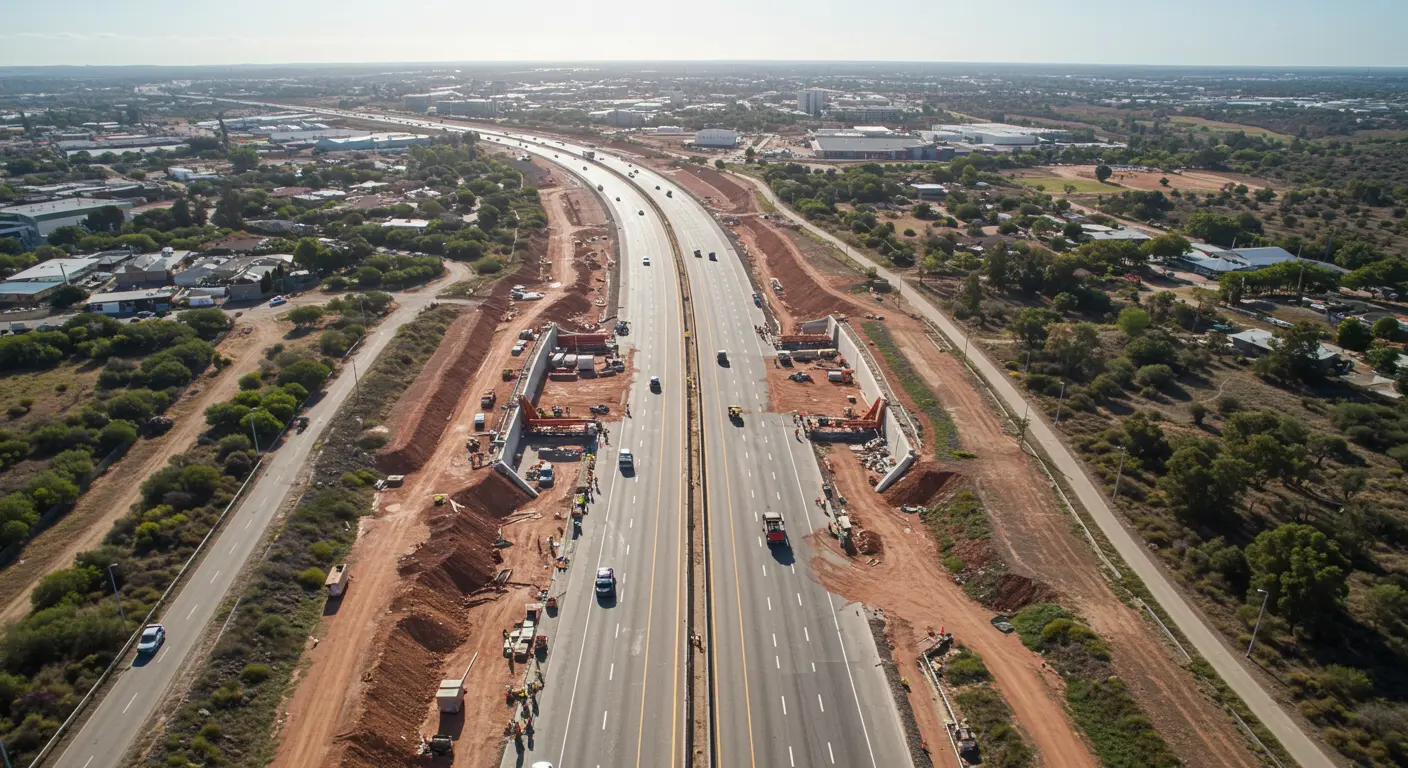Despite record levels of speed camera enforcement, Queensland has recorded one of the largest road toll increases in the nation, prompting renewed concerns over the effectiveness of current road safety strategies.
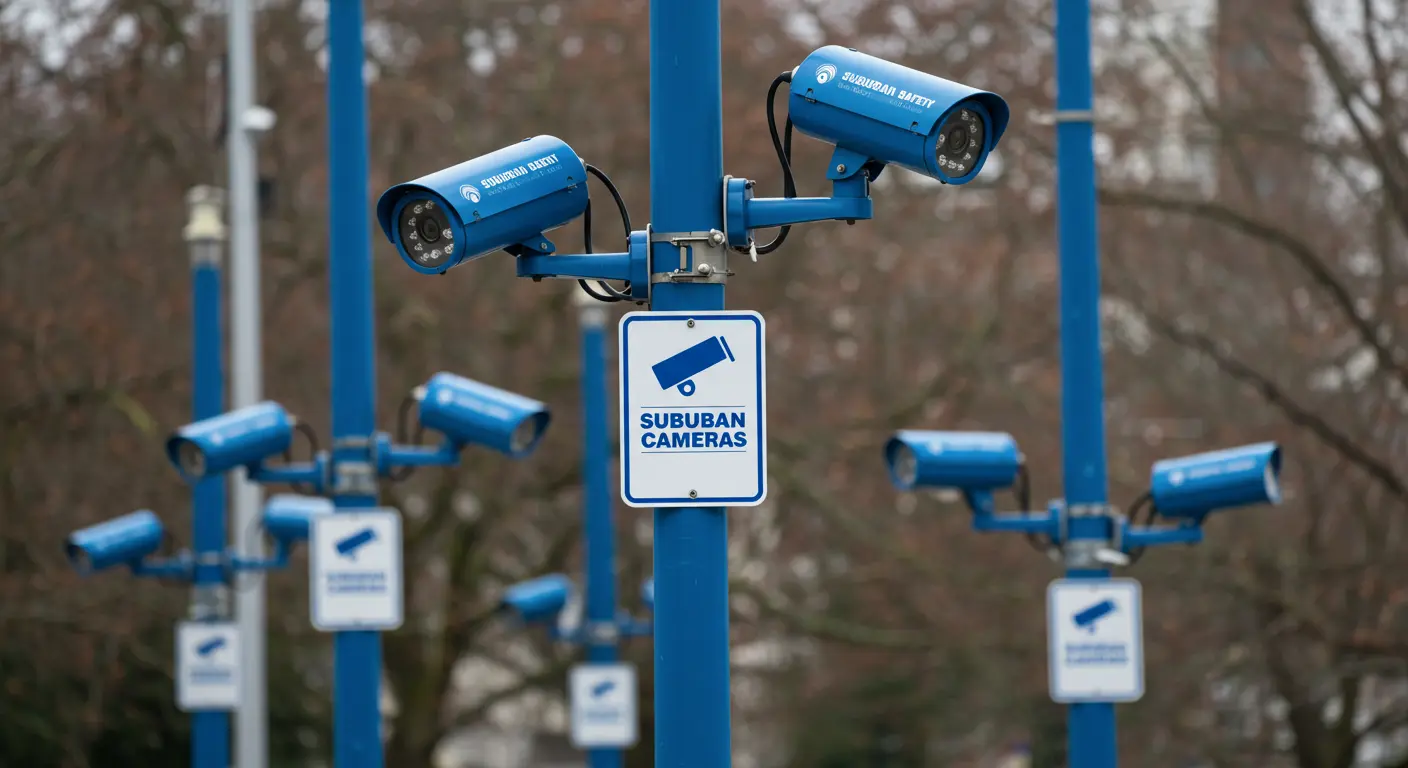
Highest National Road Toll in Over a Decade
Australia recorded its highest road toll since 2012 with more than 1,300 fatalities in 2024. This marks the fourth consecutive annual increase in national road deaths, a trend not seen since 1966. Queensland was among the states with the largest jump, with road fatalities increasing by 9% compared to the previous year.
Revenue at Record High
The Queensland Government generated $464.3 million in fines through its Camera Detected Offence Program (CDOP) during the last financial year. The majority of these fines were issued for low-level speeding offences — motorists travelling less than 11km/h over the speed limit.
In Queensland, speeding by less than 11km/h currently attracts a $322 fine. Other common offences include:
- Using a mobile phone while driving: $1210 fine
- Failing to wear a seatbelt: $1210 fine
While Queensland does not impose double demerits during public holiday periods like some other states, its fine amounts are among the highest in Australia.
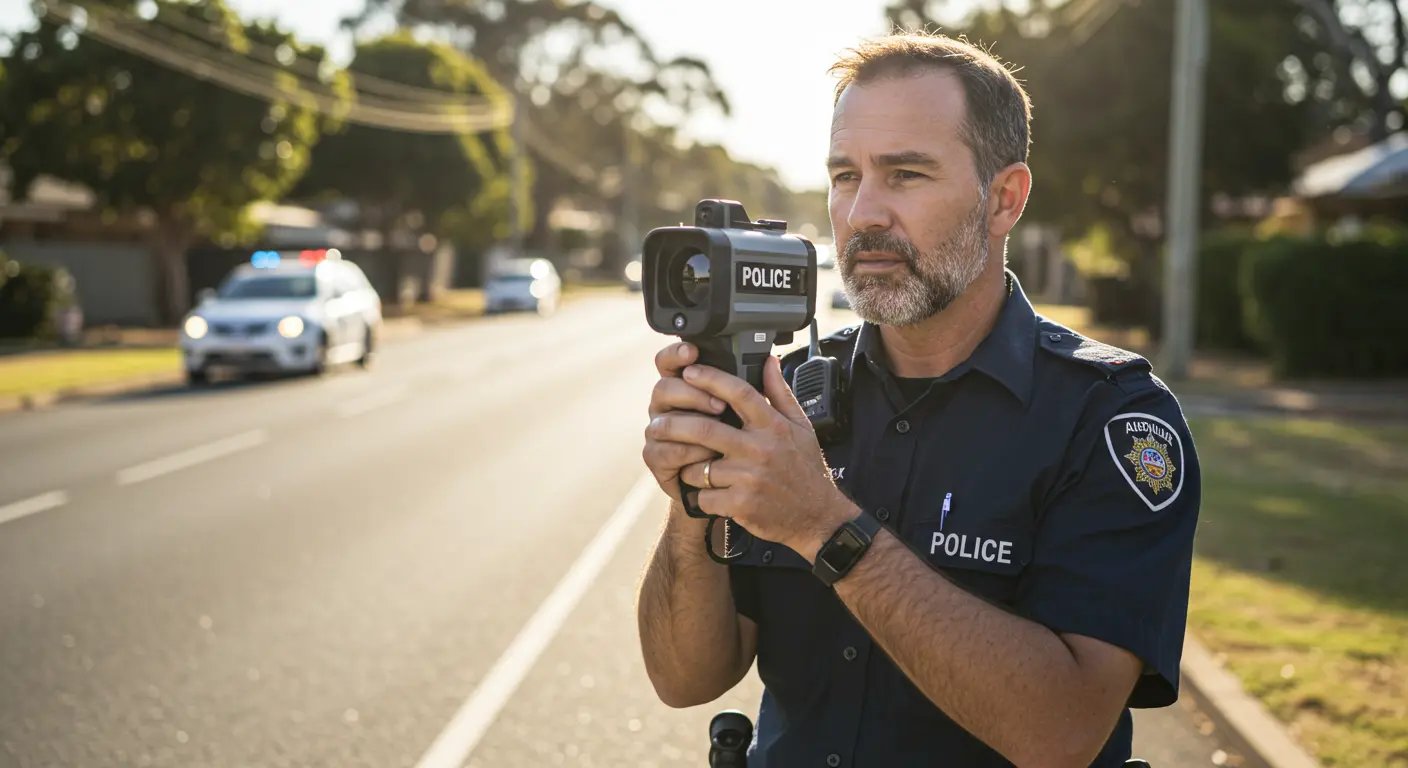
Cameras Continue to Expand
Across Australia, there are now approximately 1,480 fixed speed and red-light cameras, excluding mobile units. Despite a relatively small national population of 26 million, Australia ranks 14th globally for speed camera density, according to the Speed Camera Database (SCDB).
Queensland contributes significantly to this figure, with fixed and mobile cameras deployed across high-risk areas and school zones.
Road Safety Strategy Falls Short
The National Road Safety Strategy 2021–2030 aimed to reduce road deaths by 50% and serious injuries by 30% by 2030. Midway through the strategy, these targets appear increasingly out of reach. Vulnerable road user deaths rose by 9.3% in 2024, and the majority of fatalities (28.5%) occurred in 100km/h zones.
Queensland’s fatal crash data also shows that:
- Single-vehicle crashes make up over 60% of fatal incidents.
- Males remain overrepresented, though female fatalities have risen at a higher rate.
- The 40–64 age group saw the most fatalities.

Data Sharing to Inform Policy
A national data-sharing agreement was signed in 2024, allowing all states to access and share crash, enforcement, and road condition data. This includes data on speeding, fatigue, road layout, vehicle type, and environmental conditions at the time of crashes. The federal government also launched the $21.2 million Road Safety Data Hub to help centralise and analyse this information.
Public Trust in Enforcement
Critics argue that the reliance on speed cameras — particularly for low-level speeding — has not corresponded with improved road safety outcomes. The AAA has urged governments to use crash data to guide investments and focus on higher-risk factors like road design, driver behaviour, and proper police presence.
While speeding is a contributing factor, many experts believe that excessive enforcement through fixed and mobile cameras cannot replace active traffic policing or more targeted safety interventions.
Conclusion
Queensland’s rising road toll, despite aggressive speed camera enforcement and high fines, highlights the limitations of relying solely on automated enforcement. As road deaths continue to rise, calls are growing for governments to take a broader, data-driven approach to road safety that includes infrastructure investment, driver education, and a more visible police presence.
Disclaimer: This article is for informational purposes only and does not constitute legal or official government advice. Readers are advised to consult official Queensland Government sources for the most accurate and up-to-date information regarding road rules, penalties, and enforcement policies.
